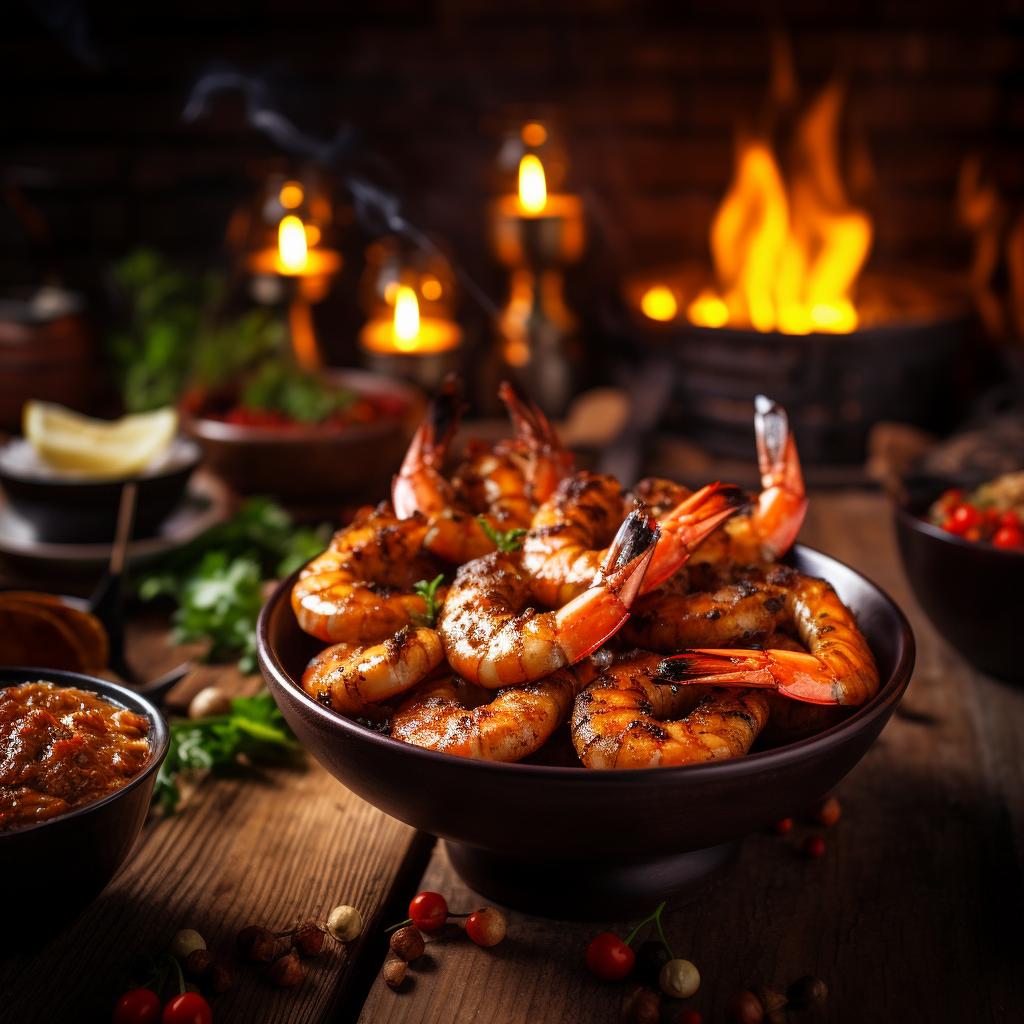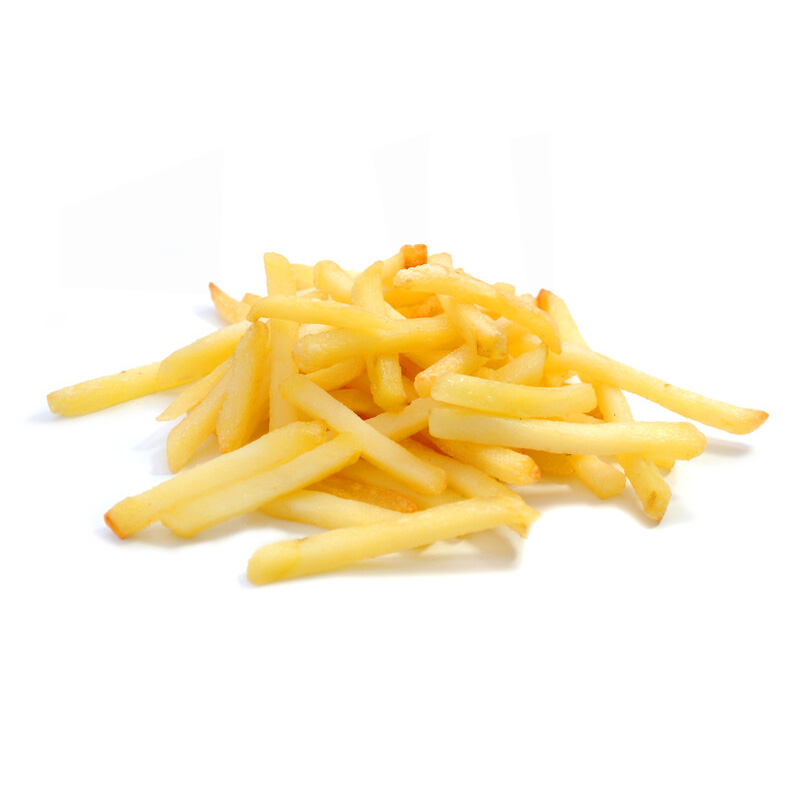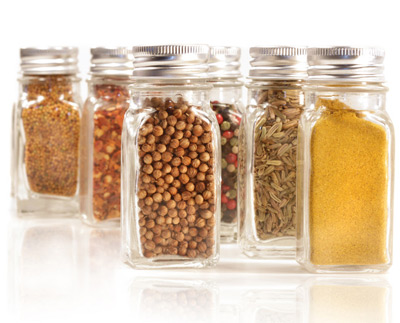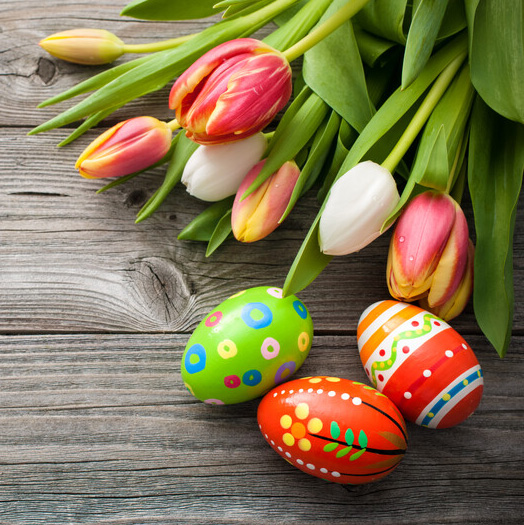The next herb we will take a closer look at in our History of Spice Series is Lavender.
Common Name: Lavender
Scientific Name: Lavandula Officinalis
Other Names: Common Lavender, True Lavender, Garden Lavender, Lavanda, Lavandula, Spikenard, Lavandula Angustifolia
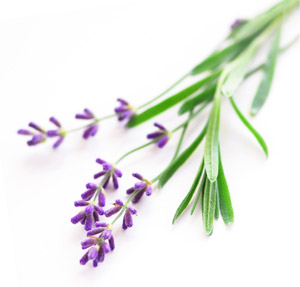 Description
Description
Lavender is an evergreen, perennial shrub that can grow up to 1 meter in height. It is a genus of 39 species of flowering plants in the mint family, Lamiacaea. The shrub has a silver-green stem and leaves. The most widely cultivated species, Lavandula angustifolia, is the one that is most often referred to as lavender. The name comes from the color of the flowers which are a violet blue color, or lavender. It is loved for its sweet fragrance and beauty.
The History of Lavender
Lavender is native to the Mediterranean, Middle East and India and this herb has been used for at least 2,500 years. The name Lavender comes from the Latin word ‘lavare’ meaning ‘to wash’. Many ancient societies used this herb in baths, beds, clothes, on their bodies and in their hair.
The ancient Egyptians used Lavender during mummification. Romans used lavender oils for bathing and cooking. The flower’s soothing and refreshing characteristics as well as the insect-repellent effects of the fragrance added to the value of the herb in ancient times.
This herb has a very holy reputation throughout time. Lavender is mentioned often in the Bible by its Greek name Spikenard. There are also references to this plant in Christian writings in which Lavender is believed to have been taken from the Garden of Eden by Adam and Eve. Many early writings refer to the use of this herb as a way to ward off and protect against evil. In many Christian houses, a cross of lavender was hung over the door for protection. During the Great Plague in London in the 17th century, people wore lavender on each wrist as a way to protect against disease.
In Medieval and Renaissance Europe, the washing women were known as “lavenders” and they used lavender to scent drawers and dried the laundry on lavender bushes.
Royalty throughout Europe used this herb. Charles VI of France slept with lavender-filled pillows. Queen Elizabeth I of England required fresh lavender flowers every day of the year. Louis XIV bathed with Lavender. Queen Victoria used a lavender deodorant.
In the United States and Canada, the Shakers were the first to grow lavender commercially when they cultivated herb farms. They produced their own herbs and medicines with Lavender and sold them.
Today Lavender continues to be cultivated in Europe, Australia, New Zealand, and North and South America.
Culinary Uses
Lavender is a common ingredient in Herbs de Province – an herb combination which captures the flavors of the sunny south of France.
Lavender will offer a wonderful, sweet flavor to salads, soups and meat dishes. It is also a nice addition to certain sweet desserts and baked goods.
Dried Lavender mixed with lemon juice makes a very nice rub for fish or pork.
Lavender can also be substituted in most recipes that call for rosemary.
Medicinal Uses
Lavender has many medicinal uses.
External Uses
- Oil used in aromatherapy
- Treatment for anxiety or mental stress
- Relaxation for nervousness or fatigue
- Lavender stuffed pillows to help aid in sleep
- Lavender oil is a natural antiseptic sometimes used for wounds
- Lavender baths to help stimulate circulation
Internal Uses
- Mild sedative
- Enhance appetite
- Headache relief
- Upset stomach, nausea

